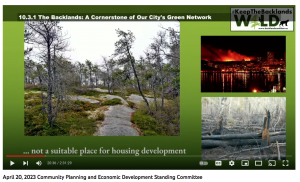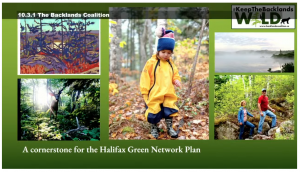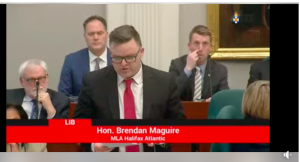Halifax is participating in the iNaturalist-based City Nature Challenge again, this year over the days Friday May 28 to Monday May 1.
It’s pretty simple to contribute to Halifax’s effort to document our natural world and illustrate citizen’s love of that world.
Participants photograph a nature observation of a “species” (e.g.a robin, or a flower) within the boundaries of HRM within the Apr 28-May 1 timeframe and upload it to iNaturalist. (HRM refers to Halifax Regional Municipality, now just called Halifax. It encompasses all of Halifax County.)
The only requirement on the iNaturalist end is that one must first sign up to be a member of iNaturalist, and with the photo observation provide a location (approximate or precise), and a guess at the species name.You can give your own guess for the name of the species, but iNaturalist can also offer its own guess at the species name and you can just select one. (Over time, the name is reviewed and eventually the correct is given or confirmed.)
The iNaturalist App can be put on a smart phone or computer. If the photo is taken and uploaded with a smartphone and is automatically location (GPS)-tagged, the location will be automatically uploaded – so both the location and the species name can be given by iNaturalist. If the photo is taken with a camera, it can be uploaded separately via a computer. While the photos must be taken over the interval Apr 28 to May 1, they can be uploaded April 28 through May 7, 2023
There’s lots more info here:
City Nature Challenge |Canada 2023| Défi nature urbaine
About the City Nature Challenge 2023: Halifax Regional Municipality, NS, Canada
Continue reading →
 From EAC
From EAC








